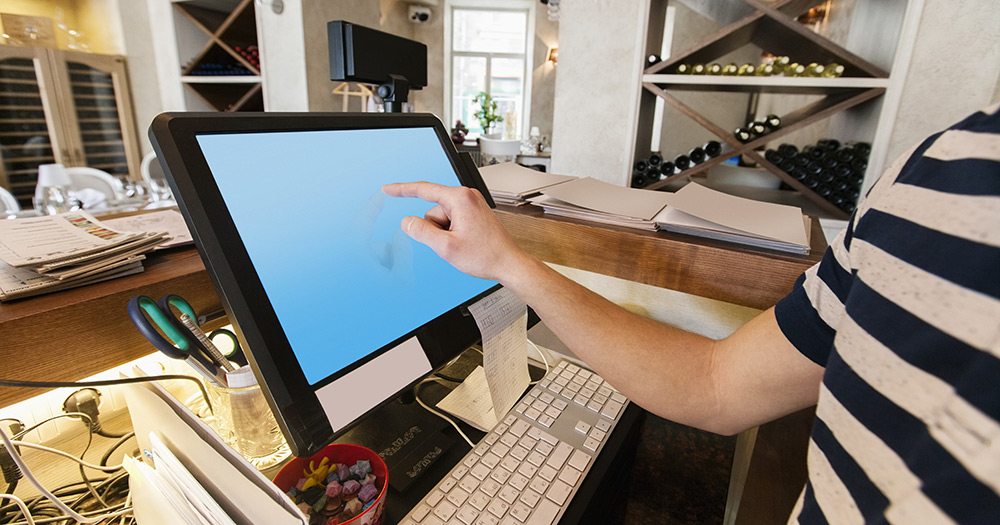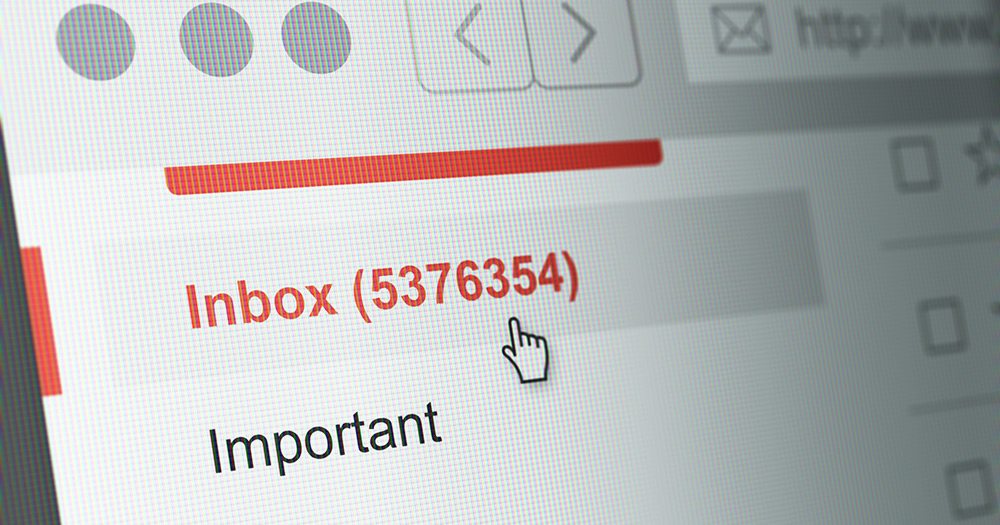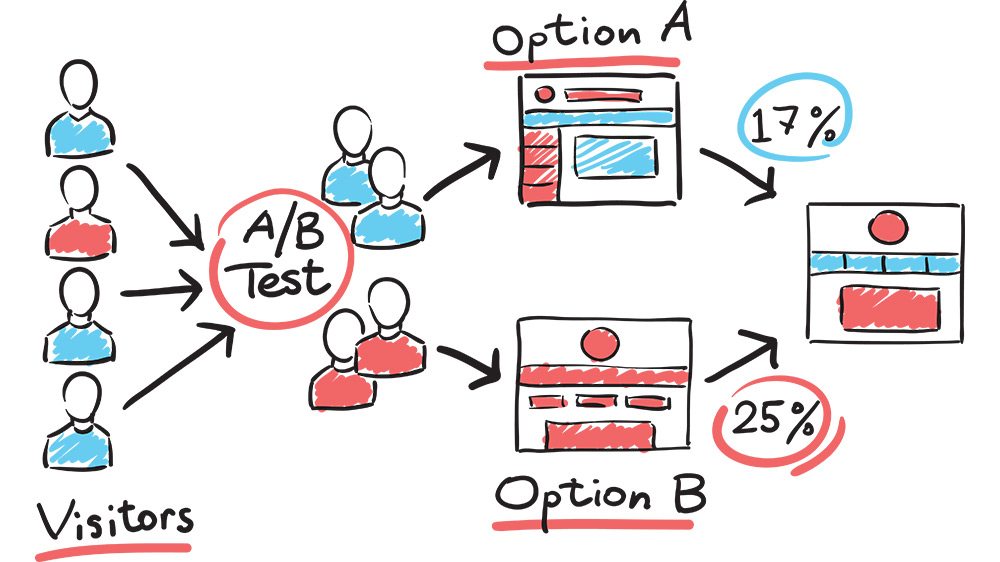As a restaurant owner, you probably rely on a number of marketing programs to get customers through the door. These days, getting exposure to new customers means more than just placing an ad in the local paper. Digital programs, from email to social media, are effective and low-cost channels. As they say, “the money is in the list.”
While it seems simple (all you need to do is collect emails and hit send, right?), many people miss a few key tactics that will help your email campaigns do really well. Here’s why you should care about restaurant email marketing:
- According to a report by the Radicati Group, by the end of 2019, the total number of email users, which includes both consumer and business email users, will reach over 246 billion, representing an average annual growth rate of 3%. In other words, email isn’t going away anytime soon.
- Email seriously outperforms social media marketing: Compare a 21.73% average open rate for emails versus Facebook’s organic reach of a measly 6% of your fan base and Twitter’s less than 2%.
- Among a range of marketing channels (TV, radio, social media, video, display ads, paid search, affiliate marketing, and email), email generates the highest return on investment at $38 for every $1 spent.
- People sign up for lists, an indication that they’re interested in what you have to say and offer. Be sure to offer something of value in every email. You don’t have to give coupons away every time you email your list. Share the recipe for one of your signature dishes, or write up a blog post that offers an inside glimpse of your kitchen.
Tips for restaurant email marketing
If you want to get started with email marketing, here’s how to avoid the spam folder and supercharge your business:
1. Remember: Email marketing is permission-based marketing.
As tempting as it may sound, never add your guest list to your email database without their explicit permission. Receiving unsolicited emails isn’t exactly gratifying. On top of that, your emails might end up in recipients’ junk folders and your company may be branded a spammer.
2. Design your website well.
To get website visitors to subscribe to your email list, aside from a user-friendly, content-packed, and aesthetically pleasing website, ensure your “subscribe to our email list” button is difficult to miss by using contrasting colors and concise, action-based words.
3. Craft click-worthy subject lines.
To emphasize the power of the headline, adman David Ogilvy once said, “When you have written your headline, you have spent eighty cents out of your dollar.” The same concept applies to your email’s subject line. Pique your readers’ curiosity so they would want to read more.
Some subject line examples worth emulating:
- “Discounts exclusive to subscribers.”
- “New breakfast menu starting next week. Here’s a sneak peek.”
- “You’re invited to a dinner for VIPs.”
4. Personalize your messaging.
Each customer is unique. They will likely only respond to messages that resonate with them. The first step towards launching personalized restaurant email campaigns is to segment your list according to demographics (gender, age, educational level, household income, etc.) and individual purchasing behaviors (morning breakfast, business lunch, happy hour, afternoon snack, etc.).
The next time you’re promoting a restaurant special, make your messaging appealing to the specific segment you’re targeting. Also, if a deal is exclusive to just one of your many branches, be sure to only offer it to those in nearby areas. Think about it: does a deal in New York matter to customers in California?
5. Use email marketing automation services.
It will be difficult – if not close to impossible – to launch a successful restaurant email marketing campaign without automation software.
Email marketing tools such as Campaign Monitor, Constant Contact, and Infusionsoft allow you to build a contact database, segment it accordingly, craft email messages using prebuilt templates or from scratch, and track your email marketing KPIs that can include click rate, bounce rate, unsubscribe rate, conversion rate, and total sales.
In any marketing program, you need a solid way to track ROI. Automation software helps you figure out what’s working so you can do more of it.
6. Send emails regularly.
Regularly sending emails to your subscribers, among other things, makes them remember you. That’s especially true if your campaigns come packed with tons of value. But by “regularly,” we also mean taking care not to flood their inboxes with your marketing messages.
An email a day may result in them unsubscribing, an email a week doesn’t sound too bad, and once a month may be a tad too infrequent. To find the frequency that’s just right for your audience, include a survey asking them when and how often they prefer to receive your messages.
7. A/B test your campaigns.
To get the most value from email marketing, test your campaigns to pinpoint the best performers among several content variants or strategies. This will give you insight into what works and what doesn’t. If you’re interested in learning more about testing, Optimizely offers a good explanation of how A/B testing works.
When to email your subscribers
Email marketing works well when running promotions. But it can also be used to:
- Thank your guests for their continued patronage
- Celebrate your company’s successes
- Introduce new menu items
- Provide special offers to loyal customers
- Share press coverage
- Get your customers to know your staff
- Promote user-generated content
Final word
Restaurant email marketing has many benefits. It’s cost-effective compared to other marketing channels. The ready availability of analytics tools in email automation software lets you build better campaigns based on actual consumer data. And you save trees, too, by using less paper for snail mail.
How are you using email marketing to promote your restaurant?
Ready to grow your catering business?










